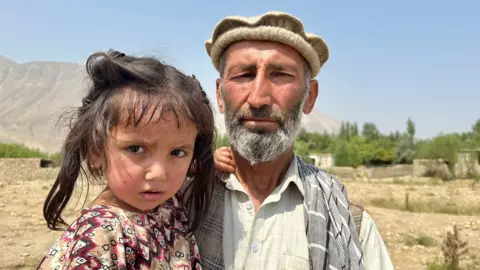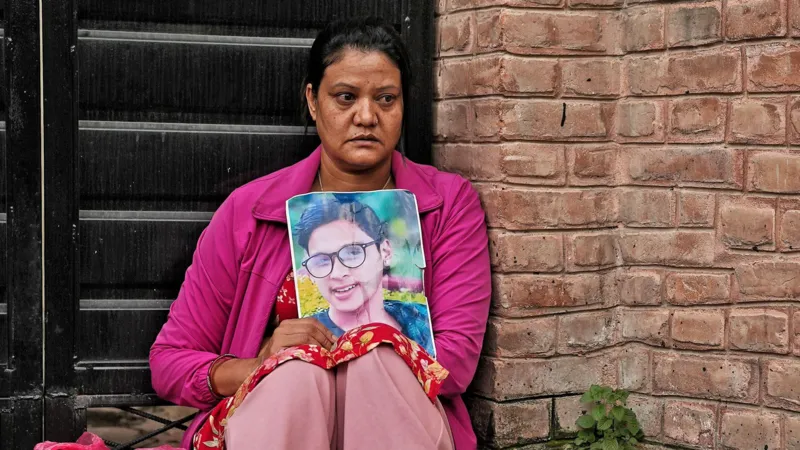When Shahnaz went into labour in Afghanistan’s remote Badakhshan province, her husband Abdul did what he thought was best — he called a taxi to rush her to the nearest clinic in Shesh Pol village, the same place where their older children had been safely delivered.
But after a long, painful drive over gravel roads, the couple arrived only to discover the clinic had been shut down.
“I didn’t know it had closed. She was in so much pain,” Abdul recalled, his voice breaking.
That clinic was one of more than 400 medical facilities forced to close earlier this year after the Trump administration abruptly cut nearly all US aid to Afghanistan. For decades, America had been the country’s biggest donor, funding critical health services through USAID. But when the money stopped, so did lifesaving care.
A Life Lost on the Roadside
Unable to afford the long and risky journey to a distant hospital, Abdul and Shahnaz turned back. On the way, her labour intensified. With no medical help available, she delivered their baby girl in the car.
Moments later, Shahnaz bled to death. The newborn survived only a few hours.
“I screamed and wept. They could have been saved if the clinic was open,” Abdul said. Today, he has no photo of his wife — just grief, regret, and two young children left motherless.
A Growing Crisis
The tragedy of Shahnaz is not unique. Across Badakhshan and other rural regions, maternal deaths are rising sharply as USAID-backed clinics close. In one graveyard near Shesh Pol, villagers pointed to three recent graves — all women who died in childbirth since the clinic closures.
The main hospital in Faizabad, the provincial capital, is now dangerously overcrowded. With 120 beds but more than 300 patients, women share beds or lie on the floor. Funding for the hospital has been slashed from $80,000 a year to just $25,000.
“We are seeing maternal deaths increase by almost 50% compared to last year,” said hospital director Dr. Shafiq Hamdard. “Newborn deaths are also rising.”
The Ban on Female Medical Training
To make matters worse, Taliban restrictions on women have halted training for female doctors, midwives, and nurses — even though Afghanistan already faces a severe shortage of healthcare workers.
“There is no future without education,” said Karishma, a young woman whose midwife training was cut short. “If more midwives aren’t trained, women will be forced to give birth at home — and many won’t survive.”
Aid, Politics, and Human Lives
The US justified its aid cuts by citing reports that some funds were indirectly enriching the Taliban through taxes and fees. The Taliban deny the claim. But on the ground, the consequences are clear: women and newborns are dying in silence, their deaths unrecorded, their families left devastated.
Abdul, holding his two children, put it simply:
“America did this to us. My wife and baby should still be alive.”


